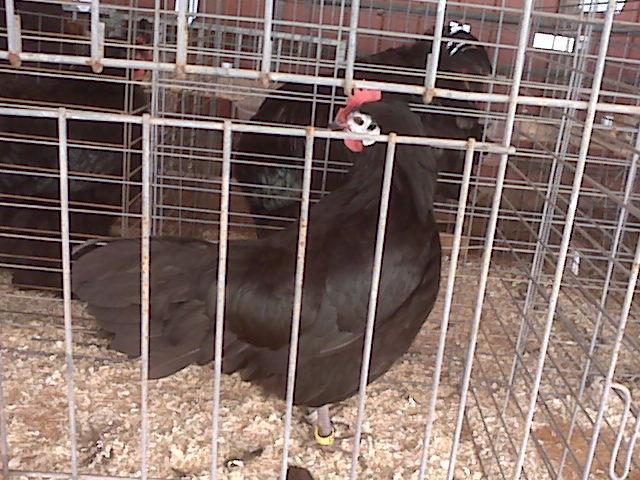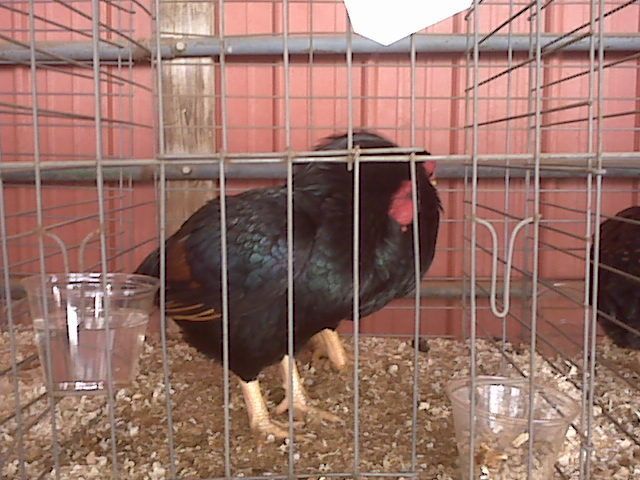- Thread starter
- #2,861
Quote:
Bob,
I have never seen a gray Call female with mallard or Rouen coloring. I judged over 300 of them at Columbus a couple months ago. Maybe someone else has seen one, but I haven't.
Walt
What I ment was has anyone wrote a article how you go about breeding the color pattern for the female or the male I am more interesteds in the Gray Call colorpattern but I was hoping I may find clues from the other breeds to use on the calls such as the Rouens. I got a interesting email from a waterfowl judge who said my male had to much of this or that as a show duck but would make a great female breeder. He was the best colored young drake when he was two to three months old that is the female color befor he got his drake colors. It still is a puzzle to me. Much like breeding blue chickens. It could be worse I could be breeding those Japinenne Rhode Island Reds with the big legs. bob
Bob,
I have never seen a gray Call female with mallard or Rouen coloring. I judged over 300 of them at Columbus a couple months ago. Maybe someone else has seen one, but I haven't.
Walt
What I ment was has anyone wrote a article how you go about breeding the color pattern for the female or the male I am more interesteds in the Gray Call colorpattern but I was hoping I may find clues from the other breeds to use on the calls such as the Rouens. I got a interesting email from a waterfowl judge who said my male had to much of this or that as a show duck but would make a great female breeder. He was the best colored young drake when he was two to three months old that is the female color befor he got his drake colors. It still is a puzzle to me. Much like breeding blue chickens. It could be worse I could be breeding those Japinenne Rhode Island Reds with the big legs. bob
Last edited:


















